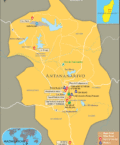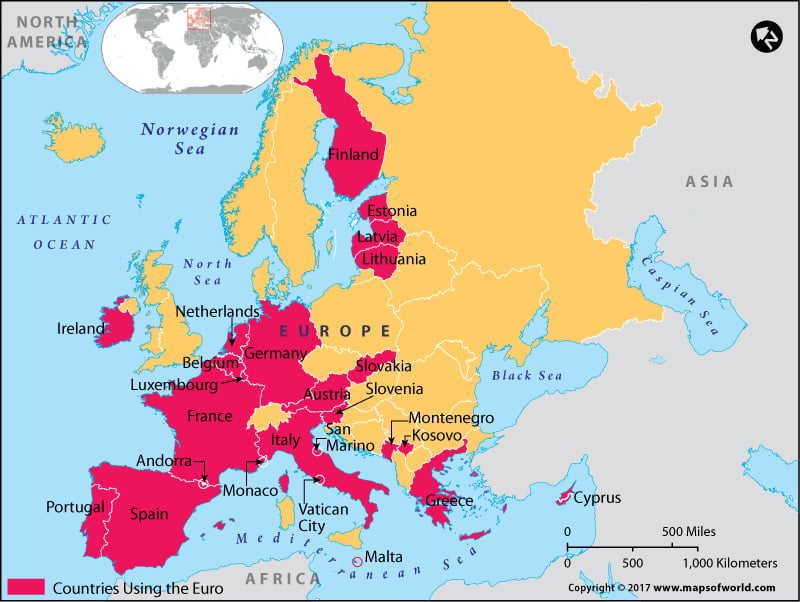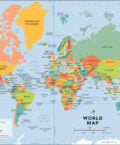Let's look into the concepts that are essential to map designing:
Map Scale
Selecting a scale for the map is the most important factor and every map designer is confronted with the challenge of representing a large region on a limited area. By keeping the scale large, one can include more of a map but lose much detail. It is while conceptualizing that the designer must seek answers to some fundamental questions: Which parts of the map are the most useful and how large will be the finished map?
It is a map designer's responsibility to ensure that the scale of the map corresponds to that of the data available. Choosing a small scale would mean the map would show more territory, but in a less detailed manner. Similarly, a large scale will be useful only when the map calls for showing a relatively smaller area, but in great detail.
Map Generalization
After a map designer selects a map scale and relevant projection based on the final utility of the map, he sets himself upon the task of generalization. It is nothing but simplification of data and representation with an objective of creating a 'useful' map.
During the process of selection and simplification, a designer goes through the complicated data sets and retains only such data that can be plotted on a map to make it sleeker and meaningful. This process is in sync with the idea, "It's not what you put in that makes a great map, but what you take out."
Classification
Given the magnitude of information provided to the designer, it is but natural to classify the data so that they are represented in a best possible way without compromising on the utility factor. This exercise is core to any thematic map. In the classification stage, the designer groups together data values that are close to each other. Once a minimum-maximum range (or class) is defined, the data are then categorized. Different color gradations in a map make it easy to understand for the user.
Symbolization
It's a no-brainer that certain information needs to be represented by symbols. Since it is not always possible to attribute easy-to-decipher symbols, a map designer ought to provide the meaning of the symbols in a small section known as the legend. However, there is a caveat for every map designer - choose symbols on the basis of the end-users targeted and the overall color-theme of the map.
Map Composition
When there is clarity on the above-mentioned processes, the map designer gets into the act of applying them. Map composition is a stage when the designer visualizes the final map and hence, focuses on visual design. It is also a decision-making process wherein a map designer needs to decide on color-themes, font sizes and other elements "to achieve the best contrast." This is where one has to exercise caution and be meticulous about line-spacing, placement of titles, and other aspects.
| World Maps in Different Themes |
Last Updated : June 12, 2015




